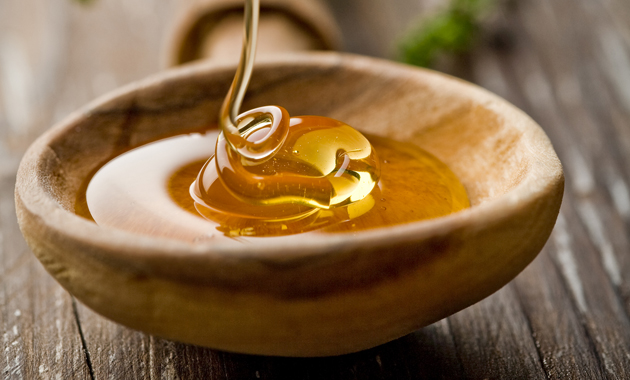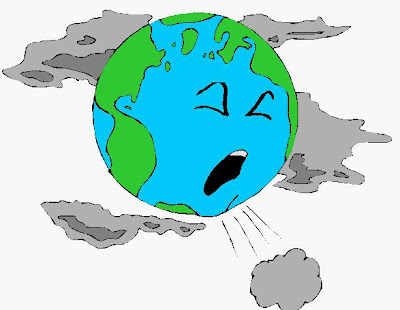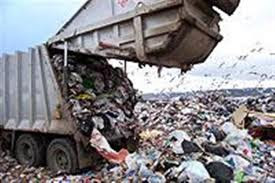Recently Hollywood movies like Limitless and Lucy have attracted our attention to the 10 percent brain myth. What exactly is 10 percent brain myth?
As it is a myth, it means it is rumored that a normal human being uses only 10 percent of his brain. That is, a human being has the potential to expand his brain functionality to 9 times more than what he has normally. In these movies, the protagonists by some chance get some drug or capsule which increases their brain capabilities.
But as we know, everything we see in movies is not real. And so is this 10 percent brain myth. The following 5 facts can prove that:
1. Brain Imaging-
Brain imaging or rather neuro imaging techniques like fMRI (functional magnetic resonance imaging) and PET (Positron Emission Tomography) helps to detect the brain activity. Non of the techniques have yet detected any unused part of brain except for damaged part. Even during sleep, all parts of the brain show some activity.
2. Localisation of function in brain-
Extensive research on brain has established different parts of the brain to be specialized for some function or the other. But no part has been declared as non active or function-less by any research.
3. Studies related to brain damage- If a part of brain is damaged, there always has been effect of impairment of brain function. Had there been an inactive part in brain, damage of that part would not have result in any impairment of brain which has not occurred till date.
4. Single- unit recording- Neuron is the nerve cell that acts as the basic building block of brain. In neuroscience, single-unit recording method is used to measure the electro- physiological responce of a neuron. A signal is propagated through a neuron as a current. In the above technique, a micro-electrode is inserted into the brain to measure the rate of change of voltage of a neuron with respect to time. In case, the 10 percent brain myth was true, this technique would have detected no voltage change in 90 percent of the neurons in one persons brain. But this has not happened.
As it is a myth, it means it is rumored that a normal human being uses only 10 percent of his brain. That is, a human being has the potential to expand his brain functionality to 9 times more than what he has normally. In these movies, the protagonists by some chance get some drug or capsule which increases their brain capabilities.
But as we know, everything we see in movies is not real. And so is this 10 percent brain myth. The following 5 facts can prove that:
1. Brain Imaging-
Brain imaging or rather neuro imaging techniques like fMRI (functional magnetic resonance imaging) and PET (Positron Emission Tomography) helps to detect the brain activity. Non of the techniques have yet detected any unused part of brain except for damaged part. Even during sleep, all parts of the brain show some activity.
2. Localisation of function in brain-
Extensive research on brain has established different parts of the brain to be specialized for some function or the other. But no part has been declared as non active or function-less by any research.
3. Studies related to brain damage- If a part of brain is damaged, there always has been effect of impairment of brain function. Had there been an inactive part in brain, damage of that part would not have result in any impairment of brain which has not occurred till date.
4. Single- unit recording- Neuron is the nerve cell that acts as the basic building block of brain. In neuroscience, single-unit recording method is used to measure the electro- physiological responce of a neuron. A signal is propagated through a neuron as a current. In the above technique, a micro-electrode is inserted into the brain to measure the rate of change of voltage of a neuron with respect to time. In case, the 10 percent brain myth was true, this technique would have detected no voltage change in 90 percent of the neurons in one persons brain. But this has not happened.



























